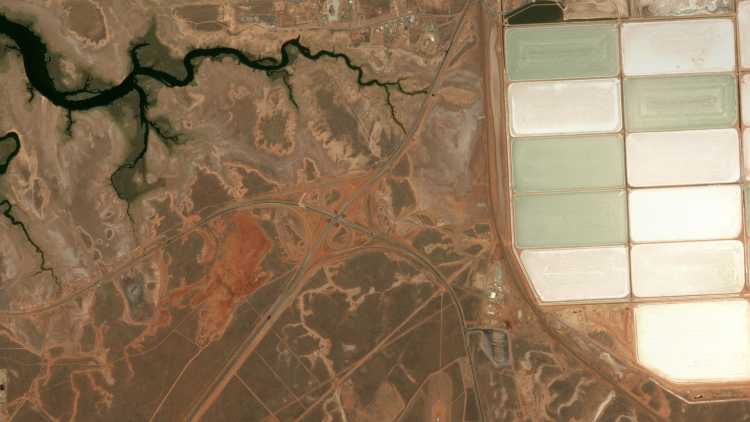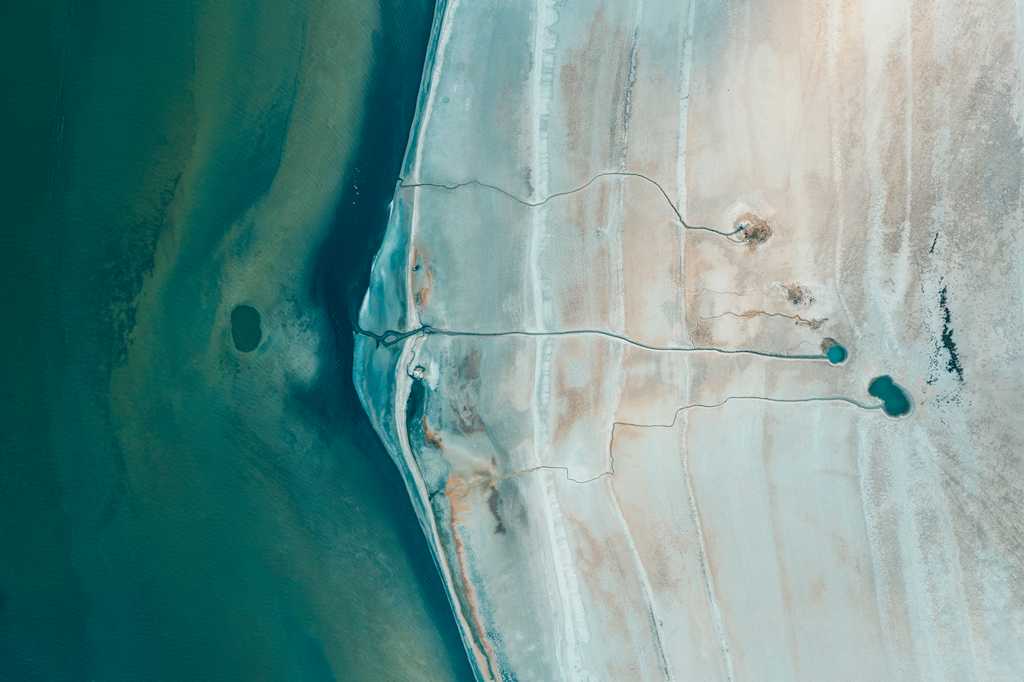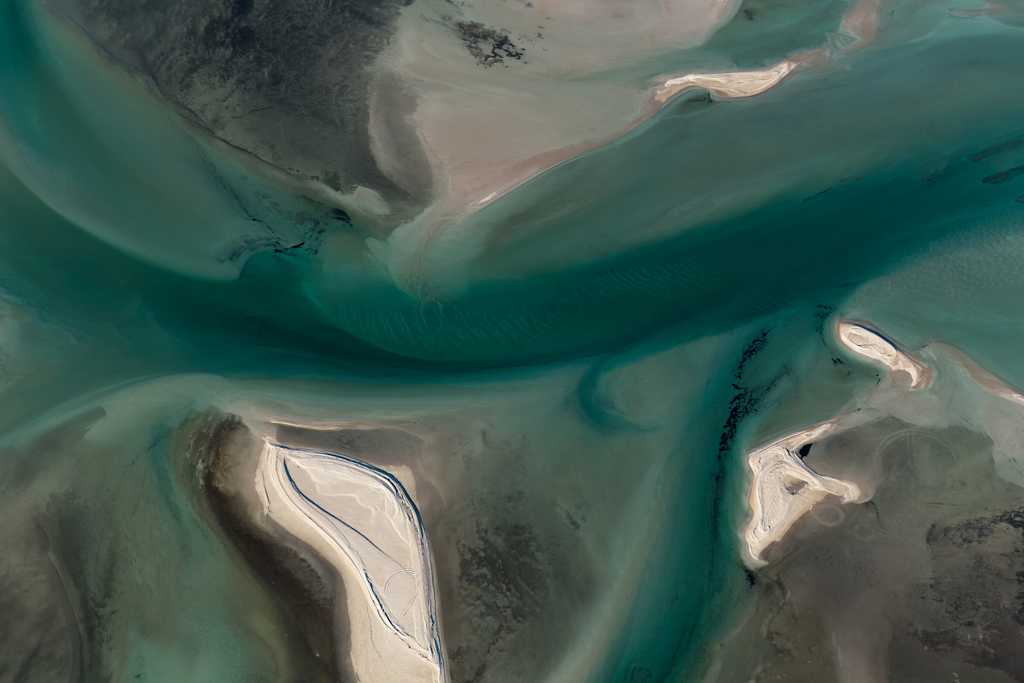We often hear people in the geospatial industry say that anyone can benefit from satellite imagery. But knowing where to find the right data for your use case, and finding the right platform that gives you the infrastructure to scale, remains a problem.
In a recent blog, we discussed how the UP42 data platform adds value for geospatial solution providers. We also showed the end-to-end process of searching for archive data, estimating the price, and downloading the images to UP42 storage. In this article, we want to dig deeper into the benefits of our data platform and show you how to overcome the challenges associated with ordering data from multiple providers.

A one-stop-shop for all your data needs
Imagine you have a project and you need to do analytics for your customer. Let’s assume you want to monitor oil or water pipelines, which are high-value linear assets that can be affected by damaging events (geohazards). Often, you have to create a highly customized solution tailored to your customer’s specific use case.
You’d need to integrate geospatial data into other sources of information (e.g., field metrics, tabular data, or other types of non-geospatial data) to assess the impact of geohazards on infrastructure. That might be a combination of different temporal, spectral, and spatial resolutions of satellite or elevation data. You might also need pre-processing and machine-learning algorithms for detecting change. You’ll probably start your project with a PoC before making significant investments. You’ll have to analyze available archive data for your area of interest and task a satellite if data is unavailable.
At this stage, you might already plan on purchasing the data from several providers. This can be challenging and time-consuming for a number of reasons:
- You might need data with a certain cloud coverage or archive data going back to a certain year, and you don’t know which provider can meet your exact need.
- You want to manage your data in one central repository and not spend time gathering it from multiple storage sources.
- Different providers mean different compliance needs, multiple contracts, multiple integrations, and different maintenance needs.
How can you do this PoC with the UP42 data platform?
The UP42 catalog is the central place to discover data from multiple sources such as Airbus, Capella Space, 21AT, and more. Instead of contacting or setting up accounts with different providers, you can use one single interface (available via API, SDK, or console) to search, get a price estimate, order, get an update if there is an issue, and receive archive data (download or delivery), independent from data host capabilities. You can also set up automated status updates by easily configuring webhooks. This transmits an event notification via HTTPS to a specific URL whenever the status of your job or order changes, further saving you time and reducing the complexity of working with geospatial data.
And we haven’t even mentioned the best part yet: image previews are available for all products and real-time requests in the catalog show immediate availability. Simply define your order parameters and integrate all the products you need. The same set of ordering parameters applies to all providers. This is important because adding a new product to your PoC will take you around 3 seconds: you’ll need the data product ID and the ID of the image you want to place your order (see example below).
And if you need fresh data, you can easily do this from our streamlined tasking interface, where you can place a new tasking order, monitor the status of your request, view order information such as AOI, order configuration, and assets delivered for your order, as well as download and process assets. UP42 storage then centralizes access and management of both your archive and tasking orders on the platform.

The UP42 platform is built to cater to all needs. This means that we can process both synchronous ("warm" archive data, available immediately for instant streaming and download), asynchronous ("cold" archive, longer waiting times), and tasking orders. The speed of data transfer depends on the provider, ranging from 10 min to retrieve warm data, to up to 24 hours for cold data. This is important, as our partners generate a massive volume of data every day which calls for efficient data management strategies, especially when it comes to storage and maintenance.
Now, let’s go back to your PoC. You can complete your PoC on time and within budget, and make a decision on how to proceed with your project. No volume commitments, AOI-based pricing, and a transparent, pay-as-you-grow model, give you the flexibility to access geospatial data and focus on working on your business project, instead of navigating the complexity that still exists in the geospatial industry.
Talking about flexibility...
Flexibility is key for us at UP42. You can order data from our platform and process the data on the platform, as well as externally. You can also bring your data and algorithms and combine them with 3rd party capabilities. As a developer-first platform, we give you multiple ways to access UP42 depending on the profile and integration level of your use cases: our easy-to-use console, as well as our SDK or API, so you can build custom solutions for your customers.
No more data management challenges
So, you no longer have to go to several sources to order geospatial data, that’s great. But do you still need additional tools to analyze and visualize your data? The UP42 data platform provides a centralized place for data management, offering a seamless solution to work with large volumes of data. Data delivered to the UP42 cloud-based storage (originating from archive or tasking orders) is then available for analytics processing.
UP42 storage unifies past and current datasets in one place so you and your team can seamlessly integrate them into your workflows, eliminating data duplication and providing around-the-clock access to your data. To make data analysis more interactive and give users visualization options, data delivered to storage is also available for integration with other ecosystems, such as QGIS or Esri. If you’re already an ArcGIS Pro user, you don’t even need to download your datasets: you can access UP42 storage and projects directly from your ArcGIS Pro account.
What does this mean for UP42 data blocks?
If you’re a current UP42 user, you might have used data blocks in the past. In this blog, we talked at length about the advantages of our new data platform. As we continue to grow and advance our platform, we will be moving away from data blocks, and instead making them available as geospatial datasets on our platform. This enables us to overcome current technical hurdles associated with data blocks.
| With data blocks | With the data platform |
|---|---|
| Searching for one product configuration at a time | Searching across product configurations and providers in one place |
| Different workflows and parameters needed to search for different configurations and providers | Workflows are independent of data ordering and the same set of ordering parameters applies for all providers |
| Dry-runs needed to check data availability | Real-time requests show availability |
| Lack of image previews | Image previews available for all products |
| Data for each order stored separately | One central storage component to manage all data |
| Support for synchronous data only | Asynchronous data and tasking via the tasking platform now available |
Conclusion
The UP42 data platform provides a single touchpoint for our customers to order geospatial data from various providers. We simplify the end-to-end process, so you can easily discover the data you need. Our goal is to continue providing the foundation for your custom use cases, enabling you to build solutions for your customers and solve the challenges unique to your industry.




